10 Healing Herbs from Southeast Asia
Let’s find out about some healing herbs that could be growing in our backyard!
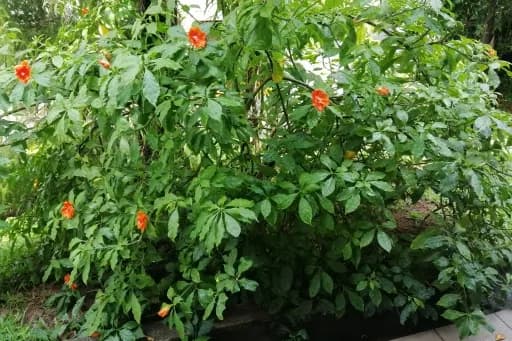
10 Healing Herbs from Southeast Asia
Let’s find out about some healing herbs that could be growing in our backyard!
1. Coriander
Coriander is a popular herb in many Asian dishes, often used as a final garnish. It's commonly found as a staple in Asian and Indian cuisines.
However, its origins lie deeper than that. The Romans brought it from Egypt as a flavoring for bread, and it has a long history, even being placed in the tomb of Tutankhamun for his afterlife.
In traditional Chinese medicine, coriander is used for treating issues related to the upper respiratory tract, as well as eye, ear, and throat problems.
A 2018 study also highlighted its potential anti-diabetic benefits, making it a widely consumed herb around the world.
Coriander grows wildly across Western Asia and Southern Europe, making it hard to determine its native origins. Recent studies suggest that wild coriander found in Israel and Portugal may be ancestors of modern varieties. These wild plants have low germination rates and a small size, with Israeli coriander featuring a particularly hard fruit coat.

2. Lemongrass
Lemongrass (Cymbopogon) is a popular herb that’s gaining traction in Western countries but has been used as herbal medicine in Asia for over 5,000 years. While there aren't many scientific studies, lemongrass and its extract are often used for health and wellness.
With 70% citral content, lemongrass has antifungal, antibacterial, and antimicrobial properties. It's also rich in antioxidants, which may help reduce inflammation. It has been used to repel insects as well.
Traditionally, people believe lemongrass can help lower fever and manage diabetes. Its high levels of flavonoids and phenolic compounds make it a great source of vitamins and minerals. In Laos, it's used to treat colds and digestive issues. The roots and leaves are also thought to help detoxify the body through sweating and urination.
Lemongrass grows best in warm climates and is commonly found in tropical and subtropical regions.
West Indian varieties (Cymbopogon citratus) grow near aquatic Southeast Asian regions and is better suited for cooking.
East Indian varieties (Cymbopogon flexuosus), are native to Cambodia, Vietnam, Laos, India, Sri Lanka, Burma, and Thailand and are used in perfumes and insect repellents.

3. Leprous lime
Leprous lime, or limau purut in Malay, is native to Southeast Asia and South China. Its rough skin gives it the name "leprous lime." This plant is often used with other herbs like lemongrass in decoctions and herbal baths to relieve postpartum pain.
Rich in Vitamin C, leprous lime extract is believed to support healthy skin, blood vessels, and cell protection, while also aiding in wound healing.
In Asia, it's commonly used to relieve constipation and boost immunity, and many people think it helps reduce stress, headaches, and fatigue.
Researchers worldwide are studying leprous lime to confirm its effects on health. They've found that essential oil from its peel and leaves can inhibit certain bacterial growth.
Leprous lime can be found growing in tropical and subtropical regions. It thrives in countries such as Thailand, Indonesia, Malaysia, and the Philippines. This plant prefers well-drained soil.
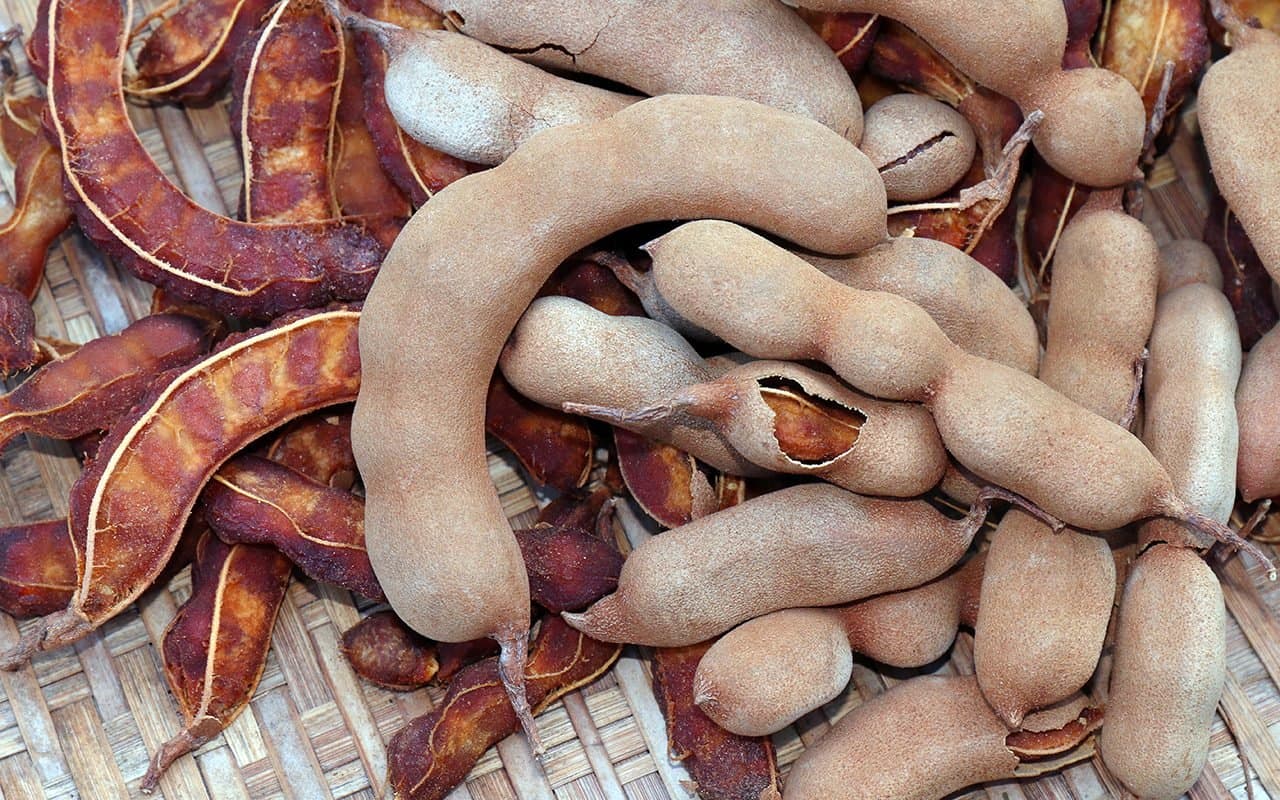
4. Tamarind
Tamarind is a widely used ingredient in Indian cuisine, loved not only for its tangy flavor but also for its health benefits. It's commonly added to drinks and local beverages to aid digestion.
In traditional Burmese medicine, tamarind is known for its laxative and tonic properties.
People often make a paste from tamarind kernels to treat stomach issues like diarrhea and dysentery. It's also used to alleviate pain and inflammation from scorpion stings.
Crushed tamarind leaves can be juiced to help with urinary problems, and some mix this juice with sesame oil to relieve earaches.
In various Asian cultures, tamarind is combined with other herbs to ease menstrual cramps. Additionally, the fruit may help reduce fever and body pain.
Tamarind is native to tropical Africa but is widely cultivated throughout tropical regions. It thrives in countries like India, Pakistan, Bangladesh, and also various parts of Southeast Asia, including Thailand and Indonesia. Tamarind trees prefer warm climates and are often found in dry, deciduous forests, as well as in gardens and orchards around the world.

5. Bandicoot Berry
Bandicoot Berry (Leea indica), also known as Memali, is a small tree or shrub native to tropical Asia, including Southeast Asia, India, and parts of the Pacific. It belongs to the Vitaceae family, the same family as grapes. Recognized for its medicinal properties, it has been traditionally used in various cultures for its healing benefits.
Bandicoot Berry has a rich history in folk medicine. Indigenous communities have long relied on this plant to treat a range of ailments. Its use has been documented in Ayurvedic, Traditional Chinese Medicine (TCM), and Southeast Asian healing practices.
Its leaves were crushed to induce wound healing. The leaves could also make a decoction to help stomach-aches and diarrhea.
New studies have also shown that Bandicoot Berry contains bioactive compounds like flavonoids, alkaloids, tannins, and saponins, offering notable benefits such as anti-cancer, antioxidant, anti-inflammatory, and antimicrobial properties.
Bandicoot Berries are often found in secondary forests or forest edges, and usually prefer moist, swampy wetlands inside Southeast Asia.
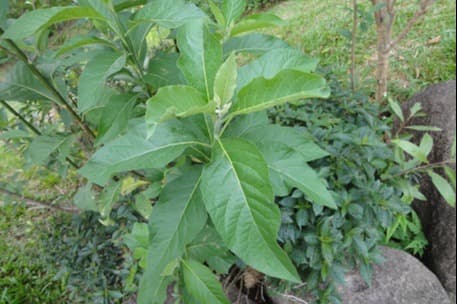
6. South African Leaf
Commonly known as Bitter Leaf, South African Leaf (Vernonia amygdalina) is a medicinal plant native to tropical Africa and Southeast Asia.
Historically, Vernonia amygdalina has been used in African and Asian cultures for treating fever, diabetes, and gastrointestinal issues. Its leaves are also consumed as a vegetable in soups and stews, imparting a characteristic bitter flavor.
The plant contains bioactive compounds like flavonoids, alkaloids, and saponins, offering anti-cancer, anti-diabetic and anti-inflammatory properties.
South African Leaf thrives in tropical climates, often found in forests, wetlands, and cultivated gardens. It prefers well-drained soils and grows as a shrub or small tree up to 3 meters tall.
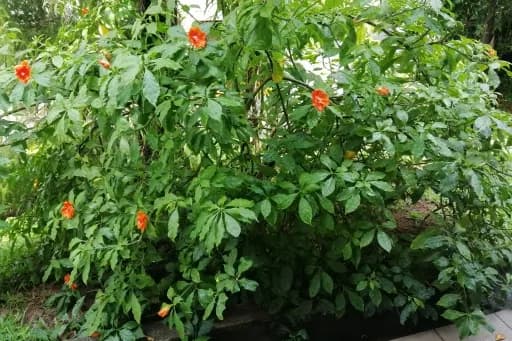
7. Seven Star Needle
The Seven Star Needle (Pereskia bleo), is a cactus species native to Central and South America but widely cultivated in Southeast Asia for its medicinal properties.
Traditionally used in folk medicine, the Seven Star Needle has been employed to treat wounds, inflammation, and gastrointestinal issues. Its leaves are often consumed as tea or applied topically for healing purposes.
Rich in antioxidants and bioactive compounds, it offers anti-cancer, anti-inflammatory, and anti-oxidative properties. These 3 in combination protect the cells from aging and damage.
This cactus grows in tropical climates, thriving in well-drained soils and sunny locations. It is commonly found in gardens and cultivated areas across Southeast Asia.
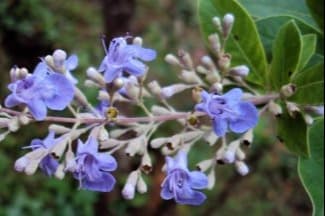
8. Simpleleaf Chastetree
Simpleleaf Chastetree (Vitex trifolia), is a medicinal plant native to tropical Southeast Asia, Australia, and the Pacific Islands. It belongs to the Lamiaceae family and is valued for its therapeutic properties.
Traditionally, this plant has been used in Ayurvedic and Southeast Asian medicine to treat colds, fever, and respiratory issues. The leaves and roots are also applied topically for skin conditions and inflammation.
The plant contains essential oils, flavonoids, and iridoids, offering anti-Inflammatory effects that can relieve joint pain and swelling. It also boasts antimicrobial Properties and is effective against bacterial and fungal infections. As if those weren’t enough, this powerful plant also eases asthma and bronchitis symptoms.
This hardy plant thrives in coastal areas, sandy soils, and open forests, typically growing as a shrub or small tree up to 5 meters tall. It prefers tropical and subtropical climates.

9. Fool's Curry Leaf
Clausena lansium, commonly known as Fool's Curry Leaf or Wampi, is a tropical fruiting tree native to Southeast Asia and southern China. It belongs to the Rutaceae family, the same family as citrus plants.
Traditionally, its leaves, roots, and fruits have been used in Chinese and Southeast Asian medicine to treat digestive issues, respiratory problems, and skin conditions. The fruits are also consumed fresh or dried.
This plant brings digestive balance to the body, and its anti-microbial and anti-inflammatory properties help combat swelling and infection.
Fool's Curry Leaf thrives in tropical and subtropical regions, often found in gardens, orchards, and forested areas. It grows well in fertile, well-drained soils and can reach up to 10 meters in height.
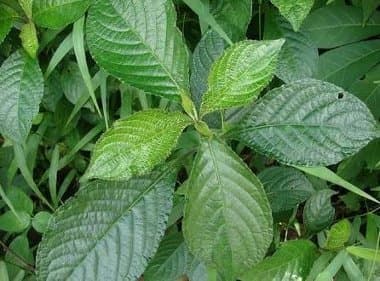
10. Black Face General
The Black Face General (Strobilanthes crispus) may have a scary sounding name, but it actually has a long history in Southeast Asia. It is a medicinal shrub native to Malaysia and Indonesia, and has widely been used in traditional medicine.
This plant has been used in indigenous remedies for centuries to detoxify the body, treat kidney stones, and manage diabetes. Its leaves are often brewed as herbal tea or used in topical applications.
Packed with antioxidants, this shrub aids in cleansing the liver and kidney from a buildup of toxins. Studies have also suggested it yields anti-cancer and anti-diabetic properties, much like the plants discussed here.
The Black Face General thrives in tropical climates, and is often found in gardens, forests, and roadside areas. It prefers well-drained soils and grows as a bushy shrub up to 2 meters tall.
Links to resources:
Unusual Southeast Asian Herbal Plants Impacting People Globally
Six plants native to Southeast Asia show cancer-fighting properties